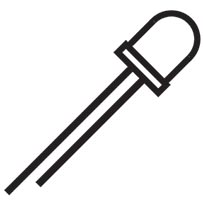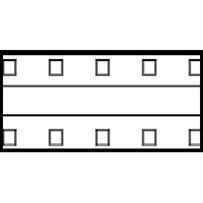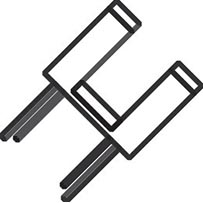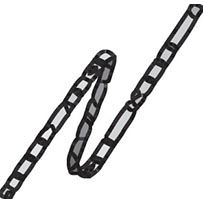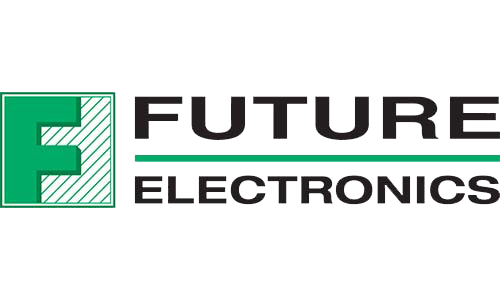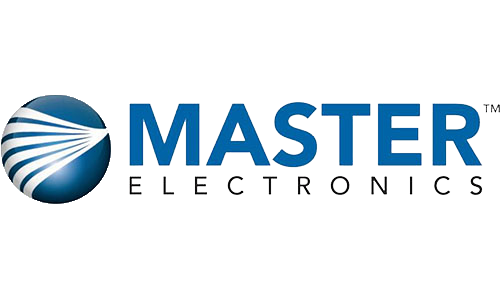LEDs and their electronic controls provide a lot of design flexibility. LEDs come in a full assortment of sizes and can be made to accurately match any required intensity, or color, even extending into the infrared (IR) and ultraviolet (UV) ends of the spectrum.
For many products, however, electronics can only satisfy part of the design equation. In many cases, LEDs are joined with optical lenses to focus illumination precisely where it needs to be.
Besides refraction, lens casings can also be shaped to block or diffuse rays to produce a particular pattern that can achieve an important functional, aesthetic, or safety design objective.
Let’s survey the diverse range of applications where LEDs and lenses combine to produce a desired effect. Then we’ll explore the steps in product development to make the two components work for your project.
LEDs and Lenses Working Together
Some of the applications out in the world that use LED technology and optical lenses in their design:
- Automotive lighting: Much attention has been paid to headlights and taillights, where optical lenses have been refined to improve visibility and road safety.
- Streetlamps: LED streetlights with optical lenses are used to direct the light downward, reduce light pollution and increase efficiency.
- Horticultural lighting: Grow lights with optical lenses provide the optimal spectrum and intensity of light for plant growth.
- Architectural lighting: Lenses are employed in architectural lighting to highlight building features and create dramatic effects.
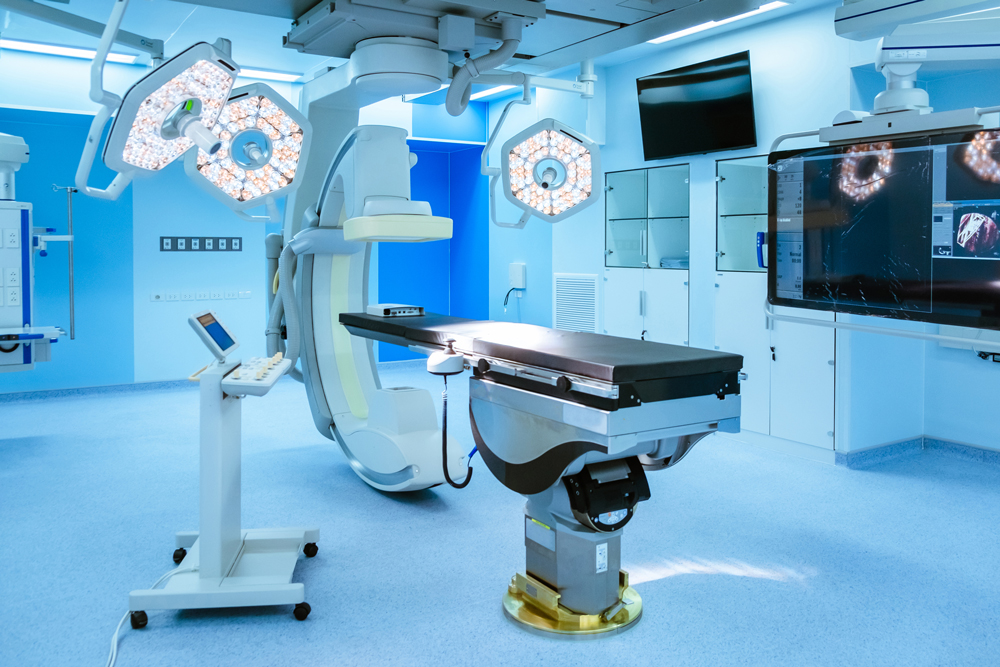
- Medical lighting: Surgical and examination lights incorporate optical lenses to direct illumination for procedures and examinations. Lenses are also used on a micro scale in endoscopy and other instrumentation.
- Consumer electronics: LED displays, backlights, and indicator lights often use optical lenses to improve visibility and clarity.
- Stage lighting: Custom patterns in the optical lens to create specialized lighting effects and can be synchronized with music or other performances.
- Retail displays: Displays can employ custom patterns to highlight specific products or create a particular ambiance.
Building a Lens Design
Aside from applications that require special materials and techniques for very high precision, most mass-produced lighting projects rely on injection molded optical lenses.
How are lens components developed to direct LED output towards a set of design parameters? Determining both the light pattern and the 3D model of the mold depends on several factors. In general, here are some steps to follow:
Determine the LED properties: your source for LED and PCB assemblies (such as American Bright) can work with your design engineers to help you establish the baseline functionality of your lighting system in terms of size and power. American Bright can accurately build and test LEDs in a configuration that fits your project and provide a report on the properties of light output, such as the intensity, angle, and color.
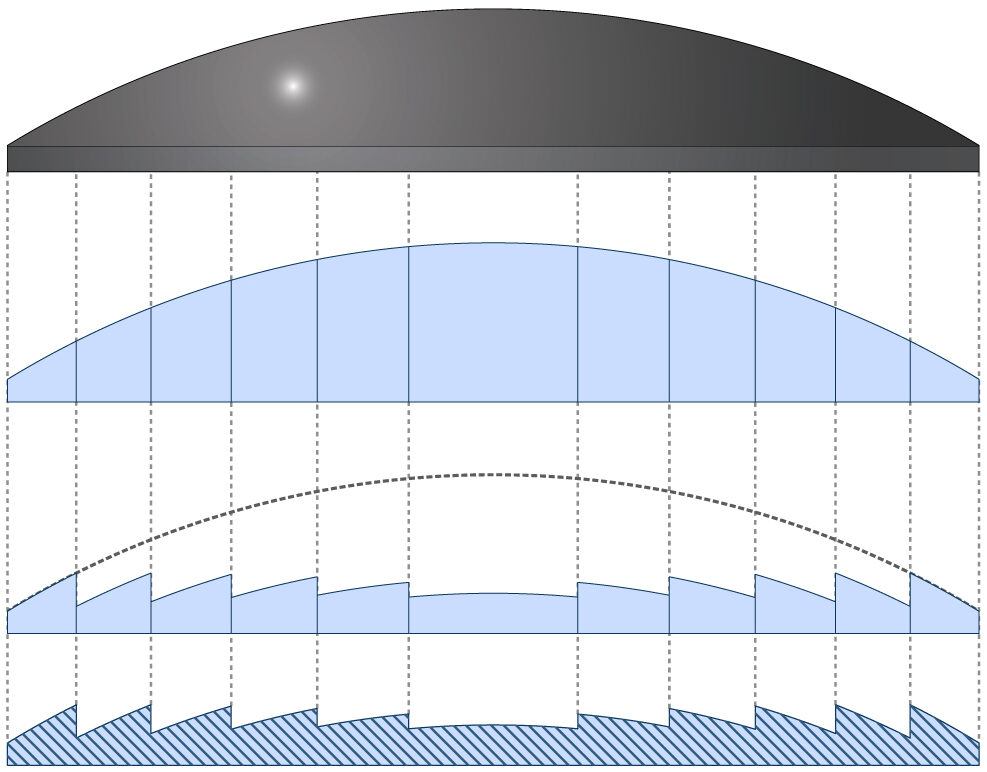
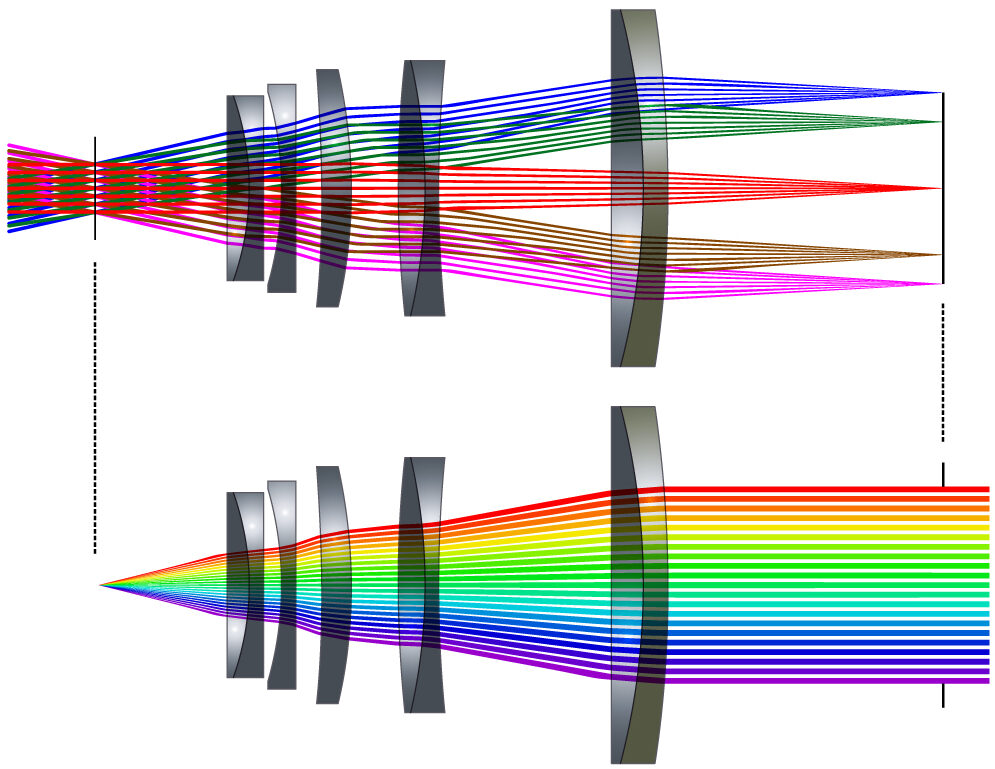
Determine the lens properties: Similarly, a lens manufacturer can suggest a material and thickness that matches the structural needs of the lens. A lens material should comport well with the wavelength of the LEDs. Whatever material is selected, the vendor can provide its optical properties, such as refractive index and dispersion.
The general shape of the lens depends on the desired output pattern. This could be a simple spherical lens, or a more complex shape such as a Fresnel lens or a freeform lens. Fresnel lenses concentrate light rays like traditional lenses in a series of concentric circles, using less weight and material. Freeform lenses are asymmetrical, allowing you to shape the light in more unconventional ways.
Software Simulation: Optical design software simulates the lens design as a 3D model and displays predicted output patterns as various distances. Here the LED properties, the lens shape and material, and the distance between the LED and the lens become important parameters. A few rounds of iteration of the geometry and re-simulation will get the design closer to the desired effects.
Fabricate and Test the Prototype: Once the virtual lens is optimized, a fabrication of a one-off of the physical lens and along with the LED hardware will verify that the output pattern matches the simulation results. This will allow more fine-tuning of the light output as well as a chance to address unforeseen issues.
Achieve Focus with American Bright
Designing optical lenses to direct LED light can be a complex process, but with careful attention to the LED and lens properties and the use of simulation software, it is possible to achieve effective functional and aesthetic patterns.
Fortunately, American Bright has the resources to bring the products of these two industries together in creative ways. As a global supplier of LEDs and custom PCB control systems for aerospace, automotive, architectural, and consumer products for a quarter century, American Bright has the engineering expertise to devise LED hardware for projects large and small. We can also help your lens development with our extensive network of lens fabrication vendors. To find out more, contact an American Bright technical advisor.



